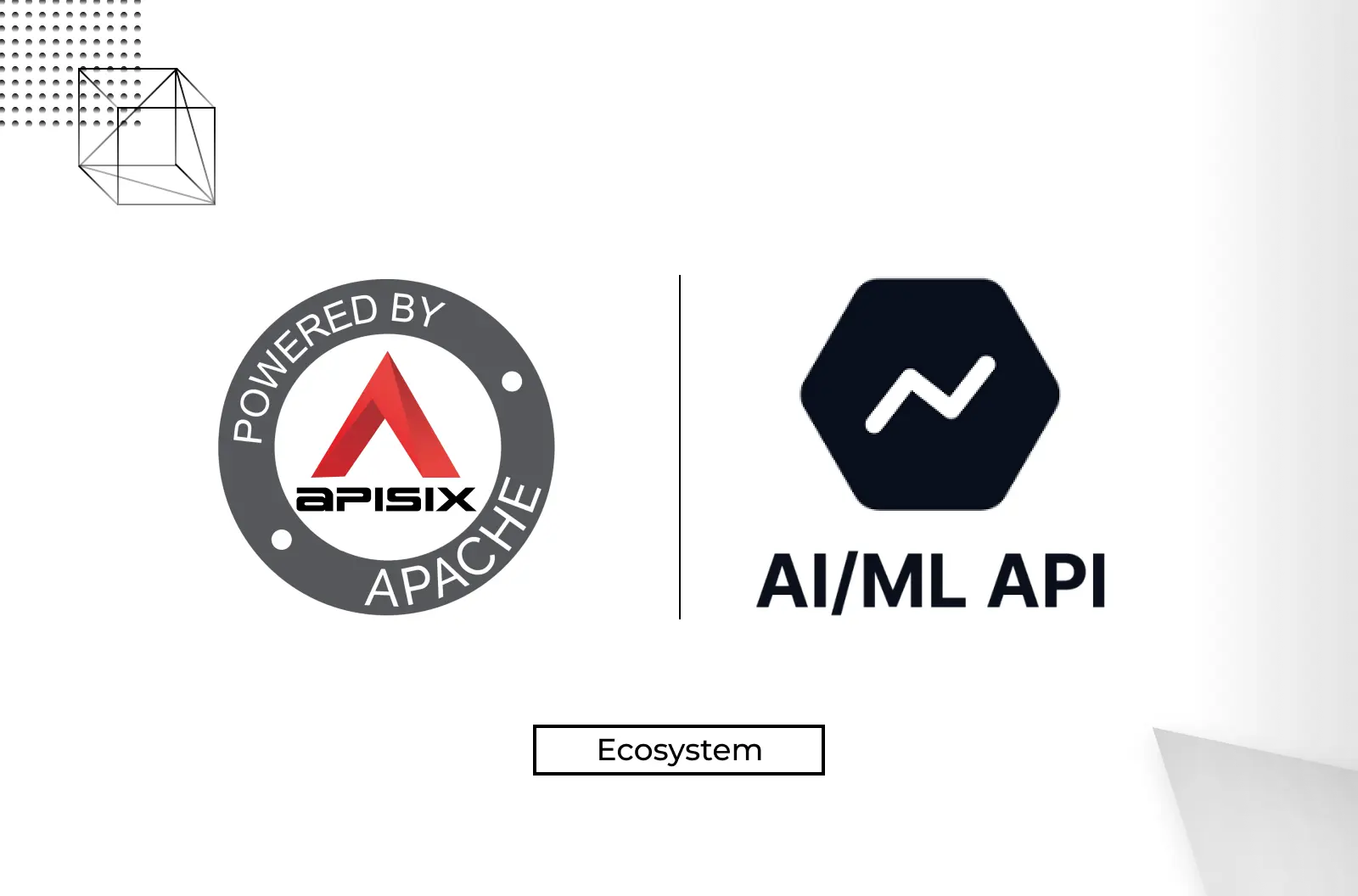
Announcing Codestral 25.08 and the Complete Mistral Coding Stack for Enterprise
How the world’s leading enterprises are using integrated coding solutions from Mistral AI to cut development, review, and testing time by 50%—and why the playbook now fits every company that wants AI-native software development.
Over the past year, AI coding assistants have introduced powerful capabilities, such as multi-file reasoning, contextual suggestions, and natural-language agents, all directly within the IDE. Despite these improvements, however, adoption inside enterprise environments has been slow. The reasons have less to do with model performance or the interface, and more with how these tools are built, deployed, and governed.
Deployment constraints: Most AI coding tools are SaaS-only, with no options for VPC, on-prem, or air-gapped environments. This is a hard blocker for organizations in finance, defense, healthcare, and other regulated industries.
Limited customization: Enterprises often need to adapt models to their own codebases and development conventions. Without access to model weights, pos-training workflows, or extensibility, teams are locked out of leveraging the best of their codebases.
















